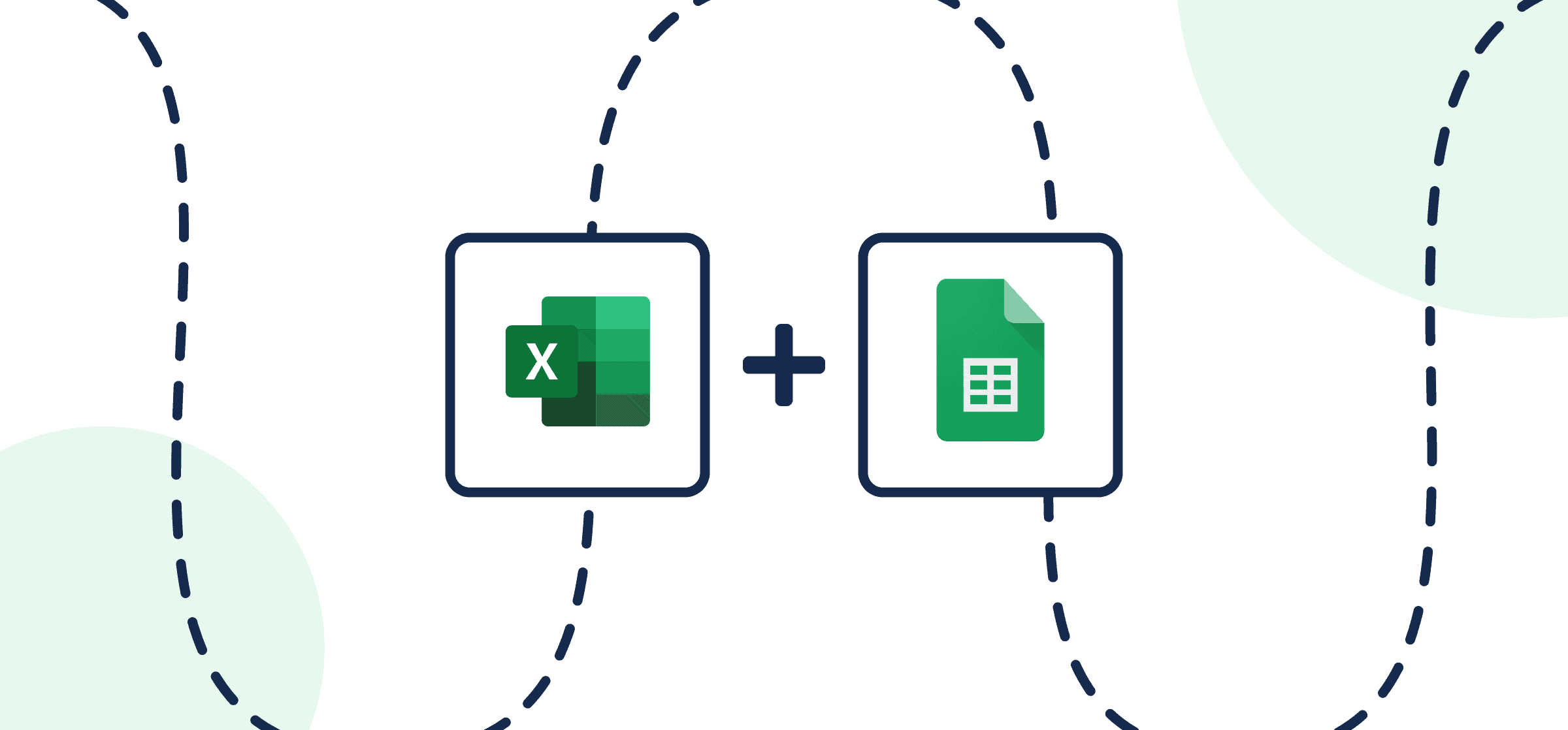Businesses and professionals seek tools that not only streamline their processes but also provide insights that guide decision-making. Predictive analytics is a crucial component in this landscape, allowing organizations to anticipate future trends based on historical data. With the rise of artificial intelligence (AI), many are turning to Excel, traditionally known for its spreadsheet capabilities, to harness these advanced techniques. The question arises: Can excel ai tools truly support predictive analytics effectively?
Leveraging AI for Enhanced Data Analysis
Excel, a staple in data analysis, has evolved significantly with the integration of excel ai tools. Microsoft has introduced several AI-driven features within Excel, such as the “Ideas” tool, which leverages machine learning to provide insights and suggestions based on your data. This feature uses natural language processing to understand user queries and generate meaningful interpretations of datasets, aiding in the initial stages of predictive analysis.
Predictive Modeling with Excel
One of the key aspects of predictive analytics is building models that forecast future trends. Excel’s “Forecast Sheet” is a robust tool for this purpose. By applying exponential smoothing, it creates forecasts based on historical data. This tool is especially useful for time series data, enabling users to visualize potential future values and trends. While it may not offer the depth of more specialized predictive analytics software, it provides a solid starting point for users who need quick and actionable insights.
AI-Powered Add-Ins and Extensions

For more advanced predictive analytics, Excel supports a variety of AI-powered add-ins and extensions. Tools like “Power Query” and “Power Pivot” enhance Excel’s ability to handle large datasets and complex calculations. Additionally, third-party add-ins such as “DataRobot” and “Zia Insights” bring sophisticated machine learning algorithms to Excel, allowing users to build and deploy predictive models directly within the spreadsheet environment.
Limitations and Considerations
While Excel’s AI tools offer significant advantages, there are limitations to consider. Predictive analytics often requires handling vast amounts of data and complex algorithms, areas where Excel may struggle compared to specialized software. The scalability of Excel-based models can also be a concern for large datasets. For more intricate analyses, integration with other data science tools or platforms may be necessary.
Excel AI tools represent a powerful step forward in making predictive analytics more accessible. They provide users with the ability to perform preliminary data analysis, build basic predictive models, and leverage advanced machine learning features within a familiar interface. However, for organizations requiring deeper analysis or handling massive datasets, complementing Excel with dedicated analytics platforms may be essential.

